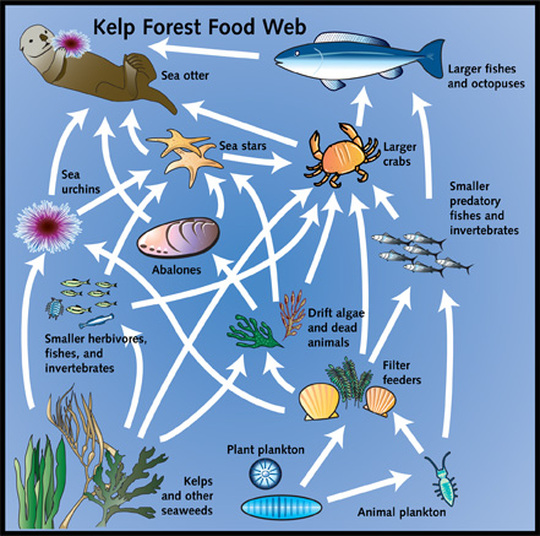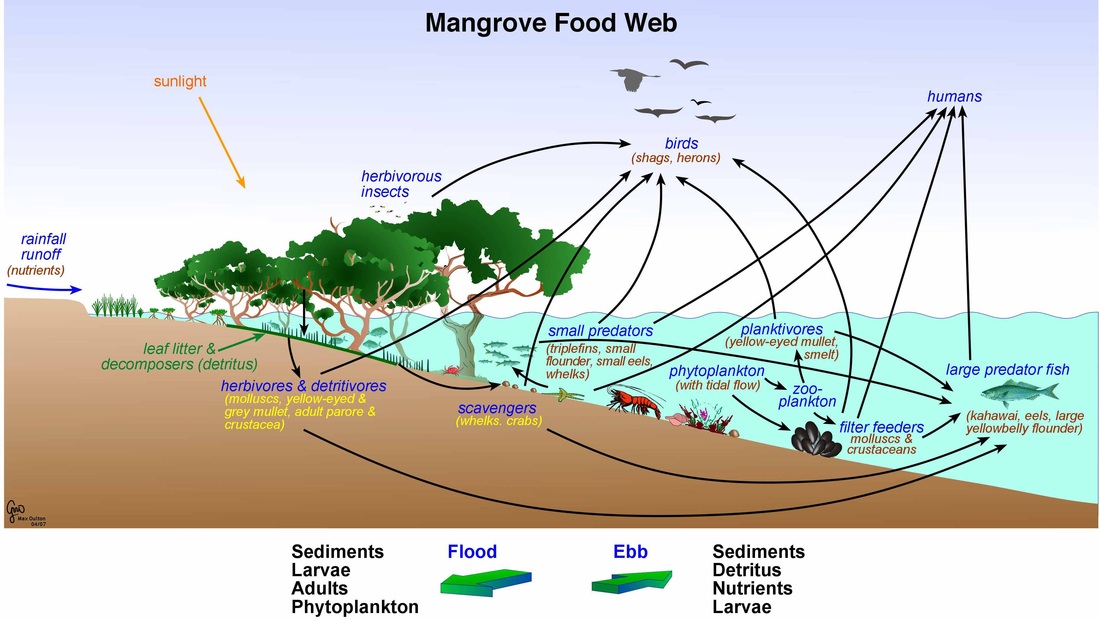exist with Natures Eco Engineer Biology Diagrams Understanding the Beaver's Place in the Food Chain Beavers , those industrious engineers of the wetlands, are not without their threats in the wild. While they are capable of modifying their environment to their advantage, they are also a part of a complex food web, serving as prey for a variety of animals.

Twigs and Leaves Beaver Coyote (Sugar Maple Tree) ll living things in a habitat are connected. Food chains show these connections. All food chains start with the sun. Green plants use the sun's energy to make sugars. Animals get energy by eating plants or other animals. hat's your favorite food? Beaver like to eat the bark and twigs of At the Ausable River Association, our ecological studies of the river most often focus on two ecosystems: the forest, or riparian, ecosystem and the stream ecosystem. In the stream or river, we work to understand which groupings of fish species live where and the myriad species of insects they depend upon as a primary food source.

PDF Beavers in the Food Chain Biology Diagrams
The Beaver Ecosystem: A Hub of Animal Interactions. Predation and the Food Chain. Beavers, while being large rodents, are also prey animals for various predators. The most significant predator for beavers is the wolf, The interaction between river otters and beavers is complex.

Beavers in the Food Chain. Beavers occupy a unique position in the food chain. They are generally considered primary consumers (herbivores) within their ecosystem. However, they are also preyed upon by various predators, which can include: Coyotes; Wolves; Mountain lions; Black bears; Humans; 1. Natural Predators. Understanding who eats beavers Beavers have made outstanding progress reclaiming habitats across the Northern Hemisphere after verging on elimination due to overhunting and habitat loss. But these essential ecosystem architects must deal with a suite of deadly predators, from bears, wolves, and eagles to reptiles like alligators and turtles. Food webs correctly describe how all of these river creatures interact in more complex ways than a simple food chain; this model more accurately represents a true ecosystem. River Animals: Keystone Species. Certain species in an ecosystem majorly impact the rest of the system around them. Scientists call these animals _keystone species_ .

Do beavers interact with other animals? Biology Diagrams
The food chain beaver plays a crucial role in shaping its ecosystem. Within the first 50 words of this article, we'll delve into the fascinating world of The presence of predators helps to regulate beaver populations and maintain a balanced ecosystem. The Impact of Beavers on Their Environment. Beavers are considered a keystone species

The Beaver Food Chain is a fascinating example of how a single species can dramatically shape its environment. Within the first few sentences, we delve into the intricate world of these remarkable ecosystem engineers and their role in the food web. From their preferred diet to their predators, understanding the beaver's place in the food chain unveils a complex tapestry of life. In particular, the model uses simple rules to show how food webs can be assembled, how species interactions can change over time, and when species go extinct. One striking result: Few ecosystem engineers led to many extinctions and instability while many ecosystem engineers led to stability and few extinctions.

